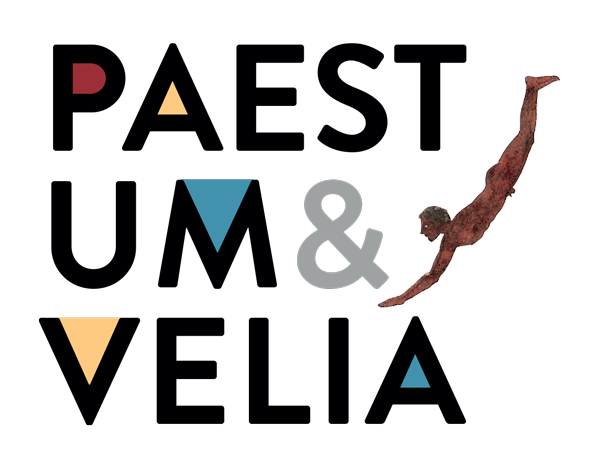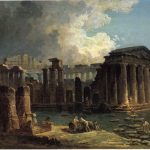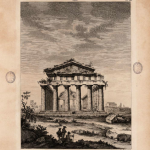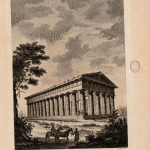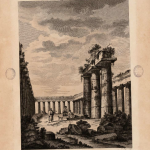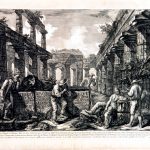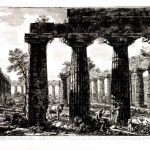 In the Renaissance, Paestum was but a vague memory, mentioned by few writers who described what they saw of the ancient city.
In the Renaissance, Paestum was but a vague memory, mentioned by few writers who described what they saw of the ancient city.
And while in the 17th century the site started living again with a small settlement around the church of the Annunciation, it wasn’t truly rediscovered until the mid-18th century thanks – it is said – to some drawings made by count Felice Gazola that reached Paris and were promptly published.
In Paestum, travellers on the Grand Tour were able to admire Hellenism without actually going to Greece, and it was thus that a new era of classical studies was built on its temples. While visiting the area in 1758, Winkelmann drew up his theory on Greek art. Twenty years later, Giovanni Battista Piranesi depicted it in magnificent plates; in 1787, Johann Wolfgang Goethe believed he could recognise the perfection of classical art in the Doric temples.
In 1829, the engineer Raffaele Petrilli had two breaches opened in the ancient walls for the lower Tyrrhenian road (later State Road 18) to go right next to the temples so that they could be marvelled at by anyone from their carriages. He was indicted because of this extravagant decision, but the road is still there. And in 1883 visitors started arriving in Paestum also by train, on the brand new southern Tyrrhenian railway. Paestum is a great tourist destination.
- 1800ca Paestum, Tempio di Nettuno Hurbert Robert
- Disegno del Tempio di Atena dal Major 1768
- Disegno del Tempio di Nettuno dal Major 1768
- Disegno della CD Basilica dal Major 1768
